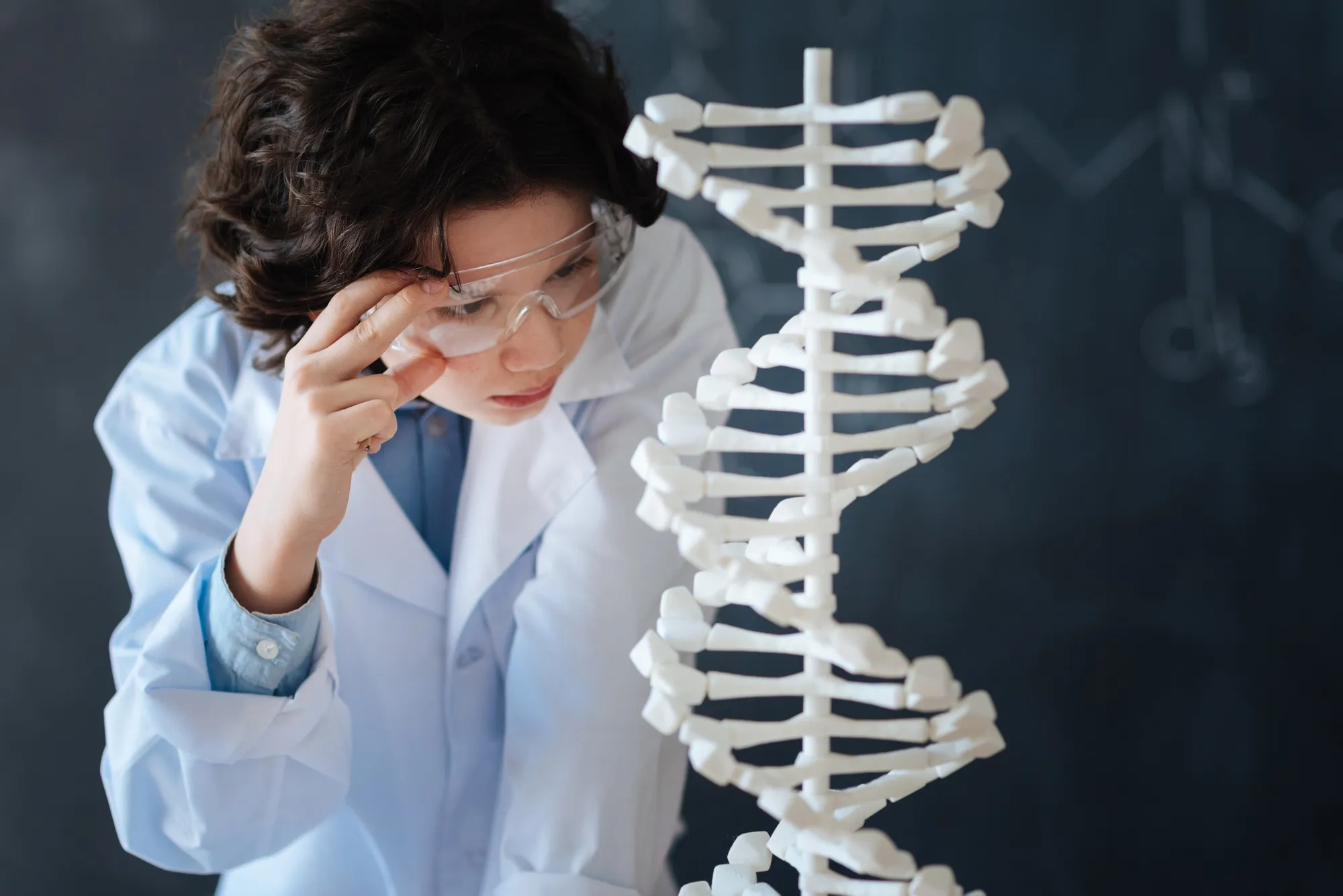Citing an exceptional case of neurological discovery, a group of scientists from Coimbra University Hospital Center, Portugal, has made significant headway into the study of genetic dystonic disorders. Published in the prestigious journal Neurology on May 7, 2019, the paper titled “Early-onset oromandibular-laryngeal dystonia and Charlot gait: New phenotype of DYT-KMT2B” provides an insightful analysis of a rare phenotype characterized by an uncommon gait disorder often referred to as Charlot gait, and dystonia affecting the oromandibular and laryngeal regions. Authored by Ana Brás, Joana Afonso Ribeiro, Filipe Sobral, Fradique Moreira, Ana Morgadinho, and Cristina Januário, this groundbreaking research unveils fresh data that could significantly impact the diagnosis and treatment of similar neurological conditions.
DOI: 10.1212/WNL.0000000000007469
The Case and Its Uniqueness
The subject of the case study was an adult male with a distinct set of neurological symptoms. His condition was defined by early-onset oromandibular-laryngeal dystonia—a movement disorder characterized by involuntary muscle contractions causing repetitive movements or abnormal postures of the mouth, jaw, and larynx. Notably, the patient also manifested what is known as Charlot gait, a type of gait disturbance where a patient appears to be bustling with excessive motion yet moves forward only minimally, a condition sometimes comically exaggerated in silent films by actors like Charlie Chaplin.
The team applied thorough genetic analysis and pinpointed a mutation in the KMT2B gene, which encodes a histone-lysine N-methyltransferase, an enzyme involved in the regulation of gene expression. Previous studies have linked mutations in the KMT2B gene to a subset of dystonia known as DYT-KMT2B. However, the presentation of Charlot gait as part of this condition’s phenotypic spectrum was unprecedented, thus signaling the identification of a new phenotype associated with this gene mutation.
Gene Mutations and Disease Progression
With an interesting yet challenging case on their hands, the researchers meticulously studied the progression of the patient’s condition. By linking the mutation in the KMT2B gene to the patient’s symptoms, the study contributes to a better understanding of how genetic mutations can affect motor functions. It suggests that early-onset dystonia symptoms coupled with gait disturbances may be indicative of mutations in this specific gene.
Dystonic disorders are often progressive, which means that symptoms may worsen over time. This makes early diagnosis critical to managing the disease effectively. The identification of a phenotype involving Charlot gait could aid specialists in recognizing potential KMT2B-related dystonia earlier, potentially improving patient outcomes.
The Enzymatic Role of KMT2B in Dystonia
Enzymes like histone-lysine N-methyltransferase, produced by the KMT2B gene, play a crucial role in the modulation of gene expression through the methylation of histones. This process influences the accessibility of certain parts of our DNA to be expressed—or not. In the case of this specific mutation, the altered function of the KMT2B enzyme adversely impacts neurological functions, as seen in the patient.
Gene therapy and enzyme replacement therapy are burgeoning fields that could potentially offer treatment strategies for conditions caused by such genetic mutations. Understanding the exact mechanisms by which the KMT2B mutation leads to dystonia is critical for developing these therapeutic tactics.
Implications for Treatment and Diagnosis
The study’s revelation of a new phenotype characterized by oromandibular-laryngeal dystonia and Charlot gait has direct implications on the protocols for diagnosis and treatment of dystonic disorders. For clinicians, it serves as an alert to consider genetic testing for the KMT2B gene in patients presenting with early-onset dystonia, particularly when accompanied by distinctive gait patterns.
As treatments evolve, medical professionals need to stay updated with the latest genetic findings to provide personalized care. This research underscores the importance of a genetic evaluation in the diagnostic process, which could allow for targeted therapies that address the root cause of the disorder.
Future Research Directions
While the study significantly advances our knowledge of DYT-KMT2B and its associated conditions, it also opens several avenues for further research. For instance, it raises questions about the prevalence of the newly identified phenotype and whether there are other undiagnosed cases with similar symptoms. It also prompts investigation into whether there are other mutations of the KMT2B gene that could lead to different phenotypes or variations in symptom severity.
The continuous exploration of the KMT2B gene’s interaction with other genetic and environmental factors may reveal more about the complex nature of dystonic disorders. Additionally, seeking effective methods of treatment, including gene therapy, could be transformative for patients suffering from these conditions.
In Conclusion
This Portuguese study has set a precedent in the field of neurology, highlighting the potential of genetic research in revolutionizing the way we understand and treat movement disorders. The discovery of a new phenotype of DYT-KMT2B not only enriches medical literature but also exemplifies the importance of considering a genetic basis in complex neurological cases.
References
1. Brás, A., Ribeiro, J. A., Sobral, F., Moreira, F., Morgadinho, A., & Januário, C. (2019). Early-onset oromandibular-laryngeal dystonia and Charlot gait: New phenotype of DYT-KMT2B. Neurology, 92(19), 919. https://doi.org/10.1212/WNL.0000000000007469
2. Meyer, P. A., & Bressman, S. B. (2020). Advances in the genetics of dystonia. Current Neurology and Neuroscience Reports, 20, 19. https://doi.org/10.1007/s11910-020-1026-1
3. Carecchio, M., & Comi, C. (2018). The role of gene discovery in movement disorders. Frontiers in Neurology, 9, 150. https://doi.org/10.3389/fneur.2018.00150
4. Jankovic, J. (2018). Dystonia and Other Deformities. Movement Disorders Clinical Practice, 5(4), 402–411. https://doi.org/10.1002/mdc3.12615
5. Niemann, N., & Jankovic, J. (2019). Juvenile parkinsonism and dystonia. Handbook of Clinical Neurology, 162, 253–284. https://doi.org/10.1016/B978-0-444-64042-1.00012-5
Keywords
1. Early-onset dystonia
2. DYT-KMT2B gene
3. Charlot gait
4. Genetic dystonic disorders
5. Neurological case studies
